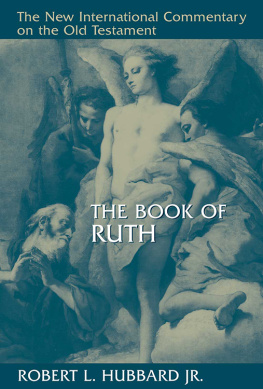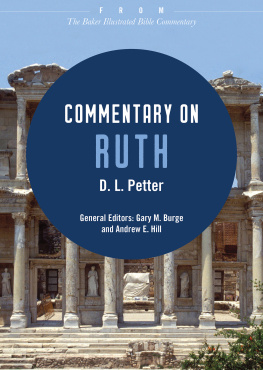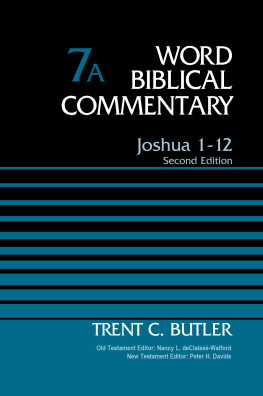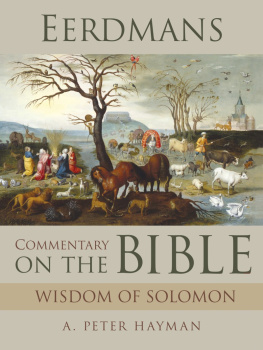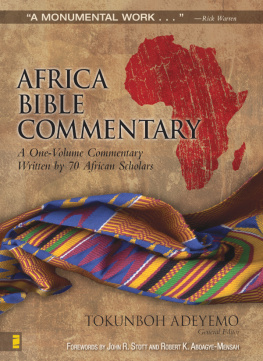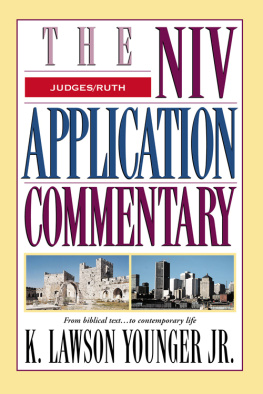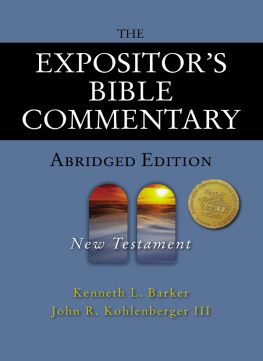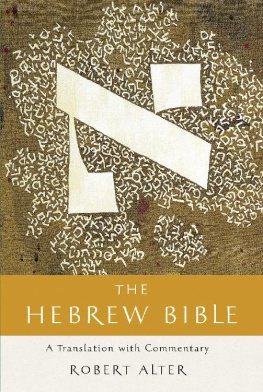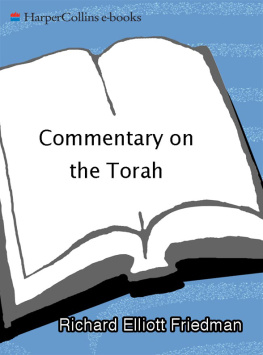Ruth

VOLUME 7D
THE ANCHOR YALE BIBLE is a project of international and interfaith scope in which Protestant, Catholic, and Jewish scholars from many countries contribute individual volumes. The project is not sponsored by any ecclesiastical organization and is not intended to reflect any particular theological doctrine.
THE ANCHOR YALE BIBLE is committed to producing commentaries in the tradition established half a century ago by the founders of the series, William Foxwell Albright and David Noel Freedman. It aims to present the best contemporary scholarship in a way that is accessible not only to scholars, but also to the educated nonspecialist. Its approach is grounded in exact translation of the ancient languages and an appreciation of the historical and cultural contexts in which the biblical books were written, supplemented by insights from modern methods, such as sociological and literary criticism.
John J. Collins
General Editor
THE ANCHOR YALE BIBLE
Ruth
A New Translation with Introduction and Commentary
JEREMY SCHIPPER

THE ANCHOR YALE BIBLE
Yale UNIVERSITY PRESS
New Haven & London
Anchor Yale Bible and the Anchor Yale logo are registered trademarks of Yale University.
Copyright 2016 by Yale University.
All rights reserved.
This book may not be reproduced, in whole or in part, including illustrations, in any form (beyond that copying permitted by Sections 107 and 108 of the U.S. Copyright Law and except by reviewers for the public press), without written permission from the publishers.
Yale University Press books may be purchased in quantity for educational, business, or promotional use. For information, please e-mail (U.K. office).
Set in Adobe Garamond and Centennial types by Newgen North America.
Printed in the United States of America.
Library of Congress Control Number: 2015942781
ISBN: 978-0-300-19215-5
A catalogue record for this book is available from the British Library.
This paper meets the requirements of ANSI/NISO Z39.481992 (Permanence of Paper).
10 9 8 7 6 5 4 3 2 1
For my teacher Dennis T. Olson,
from whom I learned to read a biblical narrative
Contents
Preface
This is the second commentary on Ruth in the Anchor Yale Bible series. The first one, by Edward Campbell, was published forty years ago. Obviously, the breadth and scope of Ruth scholarship, as well as biblical studies in general, have grown tremendously since then. Nonetheless, out of respect for my predecessor, I have tried to preserve the aspects of his commentary that I found most helpful, especially his attention to the versions. I do not intend this commentary to either replace or supplement Campbells work. Rather, I hope that it is received and evaluated independently as its own small contribution to a larger conversation that his work has helped to shape for numerous students of Ruth over the past four decades.
As this volume is part of a series, I have tried to write a commentary that reflects the current state of the field while maintaining an emphasis on the traditional strengths and approaches of the Anchor Yale Bible that are explained in the series statement. This means that not all methods of scholarship receive equal attention in this volume. No one work can account for every aspect of Ruth scholarship sufficiently, and some important areas of critical inquiry are better covered in other commentaries or by other genres of scholarship. For example, other monographs or commentaries may provide more coverage of Ruths reception history, which is discussed only in piecemeal fashion in the present volume. I view the limits of this commentary as a reflection of the richness and diversity of Ruth scholarship in the early twenty-first century. In this respect, my goal is not to write the definitive word on the book of Ruth that forecloses all other exegetical possibilities. Rather, I aim to provide detailed discussions of the text in order to assist readers in asking whatever questions they may have about the book and its contents more precisely, including the many important questions that I have not anticipated. While I offer interpretive options that are shaped by my own questions about Ruth, I hope that my the task of the commentator is to enable the reader to apprehend and negotiate the uncertainties of the text.
A critical commentary is not the appropriate genre for a comprehensive literature review. Also, considering the vibrant state of Ruth scholarship, a thorough review would require many more words than the publisher has allotted for this entire commentary. Thus, rather than providing a more general bibliography, I have limited my list of secondary sources to works that I cite in the commentary, with an emphasis on works published since Campbells commentary in 1975. Unfortunately, this means that I do not reference all of the sources that informed my thoughts on Ruth and deserve to be noted. Nonetheless, while my citations are not exhaustive, I hope that they responsibly represent the range of scholars who make up the current state of the field.
Acknowledgments
My favorite line in all of Campbells commentary on Ruth is in the preface. In regard to his many colleagues, he writes: I have no intention of giving such people the usual exoneration from responsibility for errors that remain. They should have corrected me! Nevertheless, my commentary was greatly improved by many talented colleagues. I thank John J. Collins, the general editor of the Anchor Yale Bible series. Although I had never worked on Ruth previously, he invited and persuaded me to write this commentary. I also thank the other members of the editorial board, especially Susan Ackerman for her excellent editorial work on this volume. Many others patiently answered my half-baked questions, generously shared resources (even lending me some of their books!), read drafts, offered timely encouragement, or became my writing partners who met with me as I wrote this book in various coffee shops around Philadelphia and occasionally Washington, D.C. They include Samuel L. Adams, Rebecca Alpert, Joel Baden, Simeon Chavel, Stephen L. Cook, Blake Couey, Andrew R. Davis, Chip Dobbs-Allsopp, Danna Nolan Fewell, Maxine Grossman, Jo Ann Hackett, Christopher B. Hays, Robert Holmstedt, Jeremy Hutton, Bernard Jackson, Robert Kawashima, Jennifer Koosed, Jacqueline Lapsley, Tracy Lemos, Mark Leuchter, Tod Linafelt, Naphtali Meshel, Robert Miller, Candida Moss, Saul Olyan, Gary Rendsburg, Stephen Russell, Sarah Shectman, Mark S. Smith, Jeffrey Stackert, Brent Strawn, Matthew Suriano, and Bruce Wells, to name a few. I especially thank all my students in my spring 2013 graduate seminar on the book of Ruth. They participated in a series of helpful discussions throughout the semester that greatly influenced my thinking about the interpretation of this book. I thank my student Vincent Moulton for his careful preparation of the indexes and our many conversations about the commentarys content. The faculty and staff in Temple Universitys Department of Religion continue to provide a wonderful working environment. I deeply appreciate the commitment to collegiality that they have fostered. Research for this commentary was supported by a 2013 Faculty Research Award from Temple University and a 20132014 Bridwell Library Fellowship from Perkins School of Theology at Southern Methodist University. I am grateful to the librarians at both schools and at the Catholic University of America for all of their assistance.
Authors of Ruth commentaries often refer to their partners as women or men of worth (Ruth 2:1; 3:11). Rather than settling for such a hackneyed reference, I will simply say that anything of worth in this commentary comes from my partner in all things, academic or otherwise, Nyasha Junior. While I was working on this commentary, Nyasha and I celebrated our engagement, our marriage, and our first and second anniversaries. In his book
Next page

